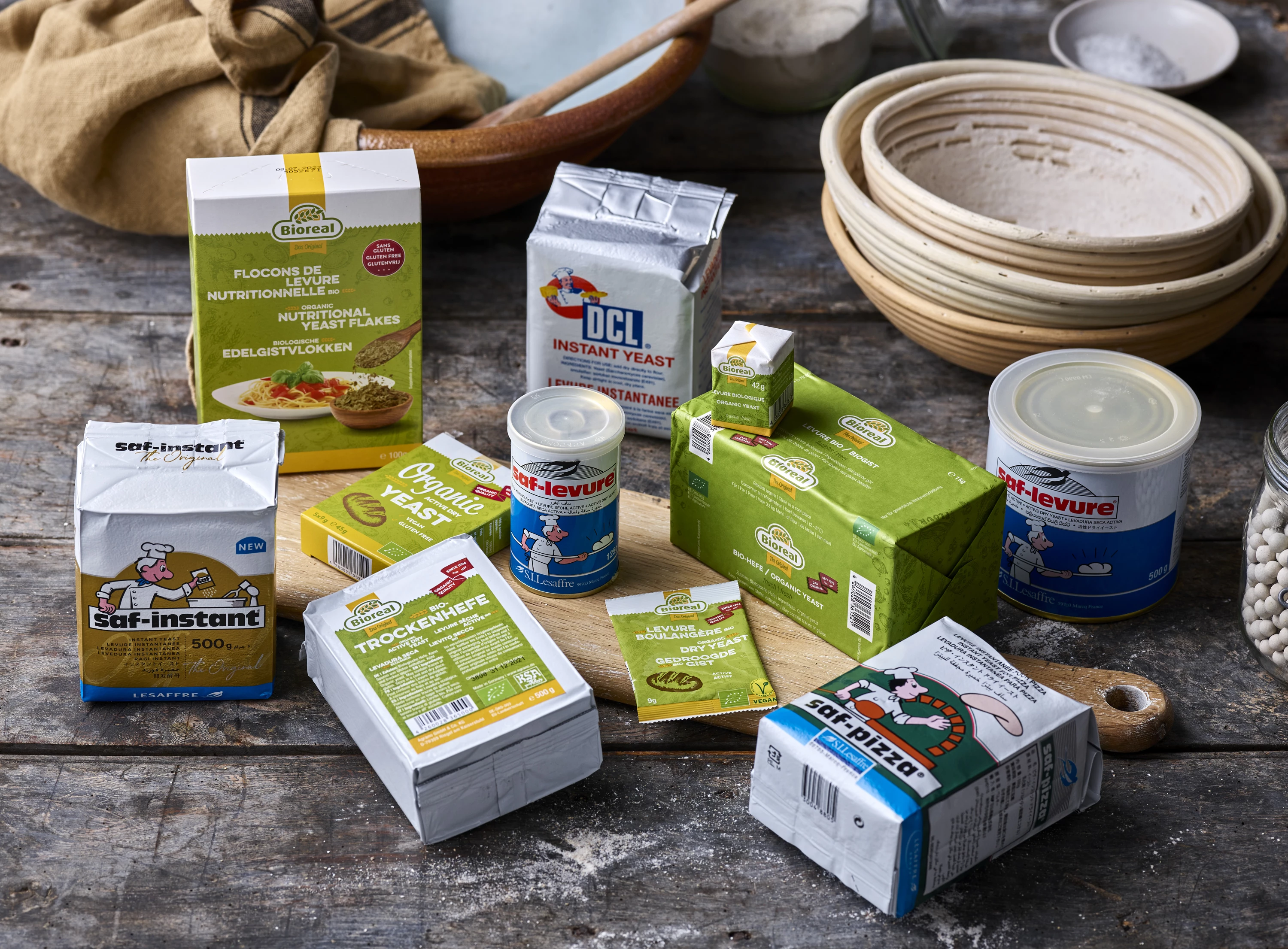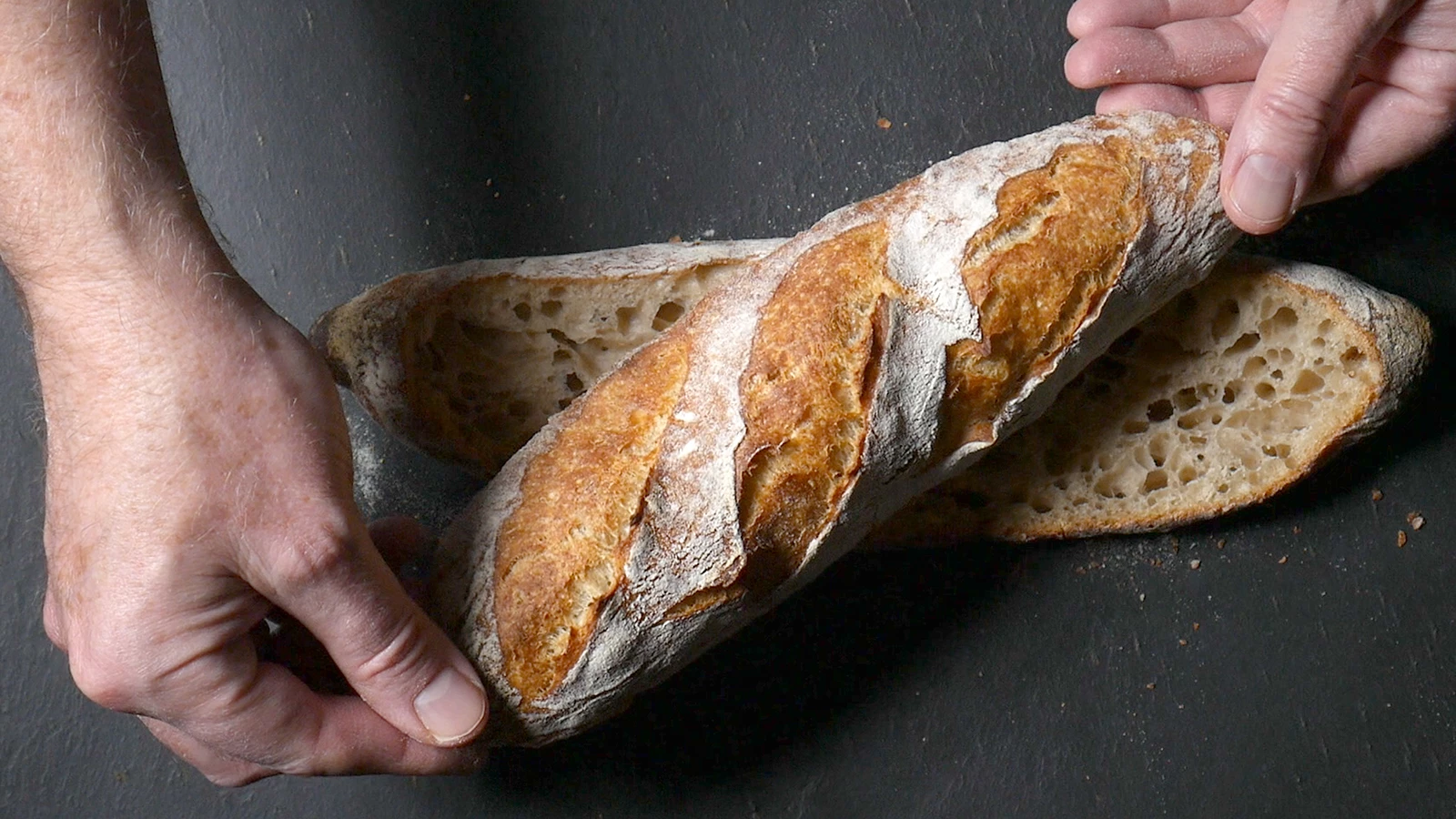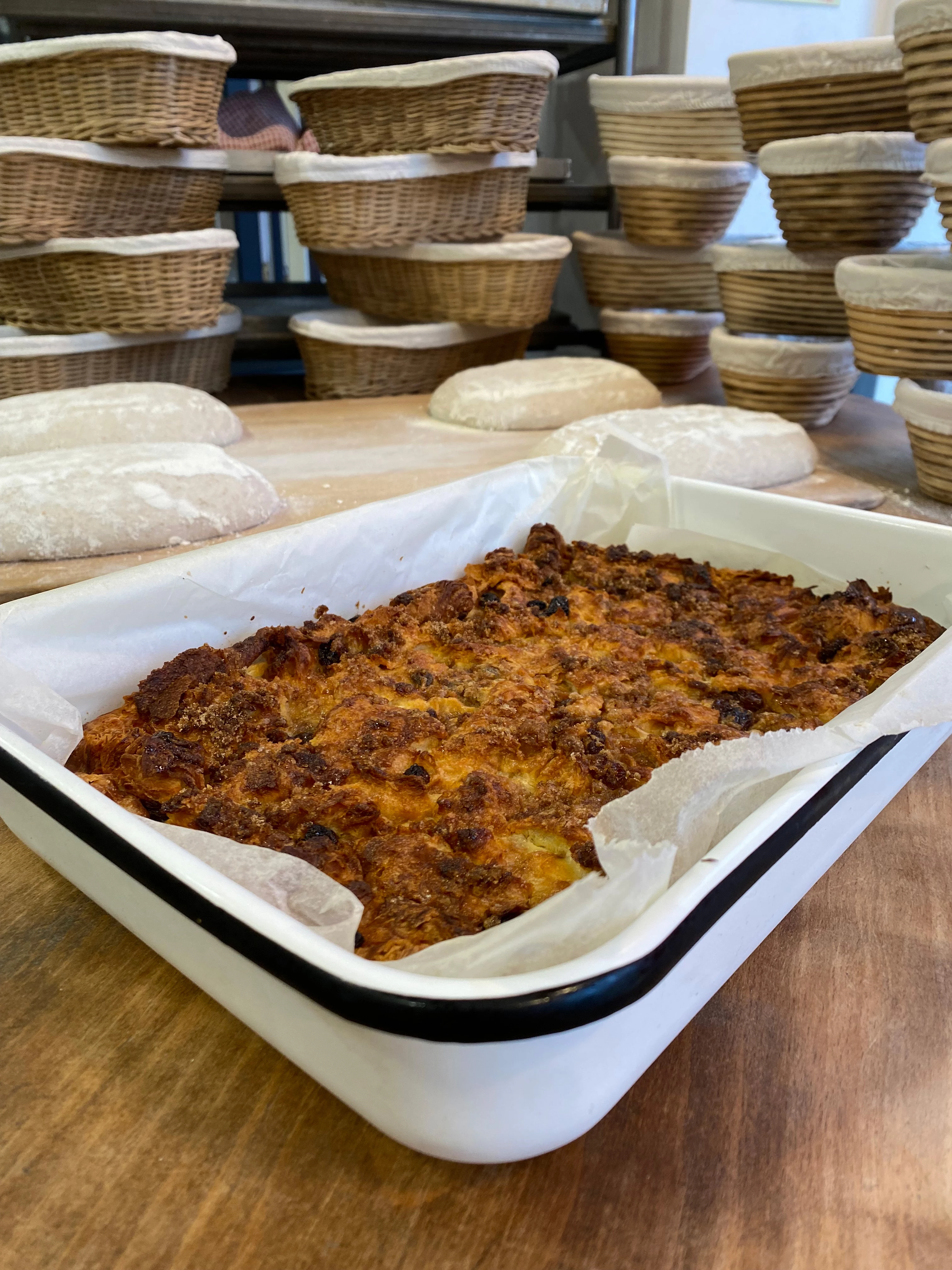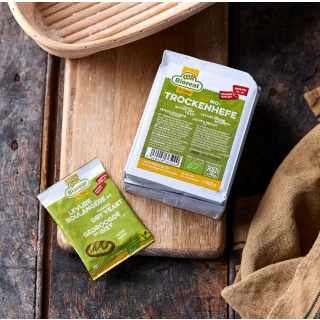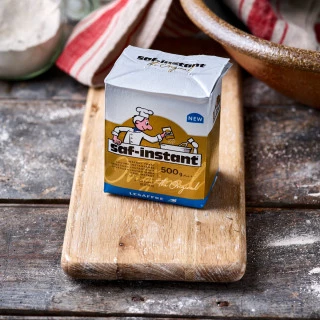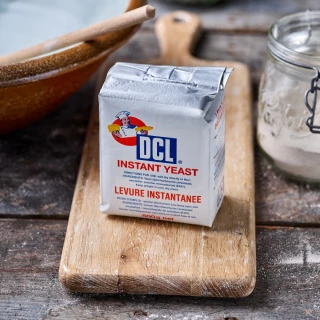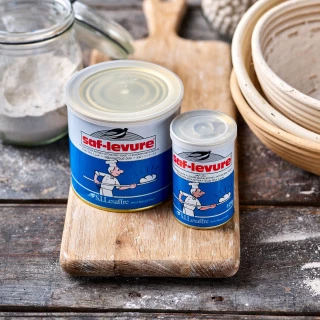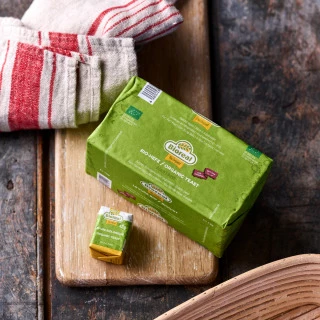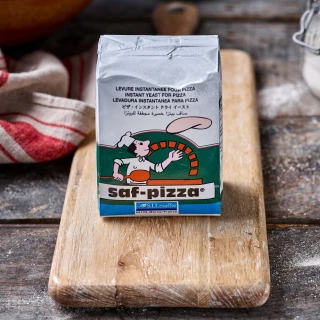You'll find a number of different yeasts available at BakeryBits. Which one should you choose, how are they different from each other, and how should they be used?
Some yeasts are general purpose, while others are selected and cultivated for a particular job - raising an enriched dough such as hot cross bun, panettone, for example, or to allow an industrial bakery to introduce yeast at a specific point in their processes. The result is that a wide variety of baking yeasts are available, which are all different strains of the same species (Saccharomyces cerevisiae). Each variety has been selected, maybe for shelf life (fresh/dried), food standards (organic/non-organic/gluten-free) or for a specialised purpose (for example, osmotolerant/pizza yeast).
Active Yeast
Dried active yeast, whether organic or non-organic is dormant, granulated live yeast waiting to be rehydrated so it can get to work in your dough. So to use it, you must get it wet first: simply add the required quantity to some lukewarm water before adding to the mixing bowl. Water that is too cold can cause the yeast to be shocked, resulting in many cells being unable to reactivate themselves, thereby becoming unviable.
Fresh active yeast is essentially the same product, but not dried. It can be dispersed into the flour by rubbing it in until it becomes crumb like in size, you can also dissolve in water before use but this is not necessary. Fresh and dried active yeast work in the same way but remember to use twice the weight of fresh to dry.
We have several types of active yeast, from the general purpose Saf-Levure Active Dried Yeast to the organic Bioreal range from Agrano, available either dried or fresh and in various pack sizes, along with an organic gluten-free dry active version (used in exactly the same way).
Instant Dried Yeast
Instant dried yeast is designed to be added straight to the flour, which some bakers prefer (it can be rehydrated prior to use, but this is not necessary). It contains the same strain of yeast as active yeast but has had an emulsifier (E491, sorbitan monostearate) added, which protects the yeast while dry and helps rehydration, and its particles are much smaller than those of active dried yeast, which helps with dispersion through the dough.
There are several variants of instant dried yeast - general purpose Instant Yeast, also known as Red Label, for all breads, then the osmotolerant Saf Gold Instant Yeast for enriched doughs, designed to rise vigorously even in the presence of lots of sugar which would otherwise impede dough development, and then a specially formulated Saf Pizza Yeast which helps to give the dough extensibility, making the dough easier to stretch and shape.

